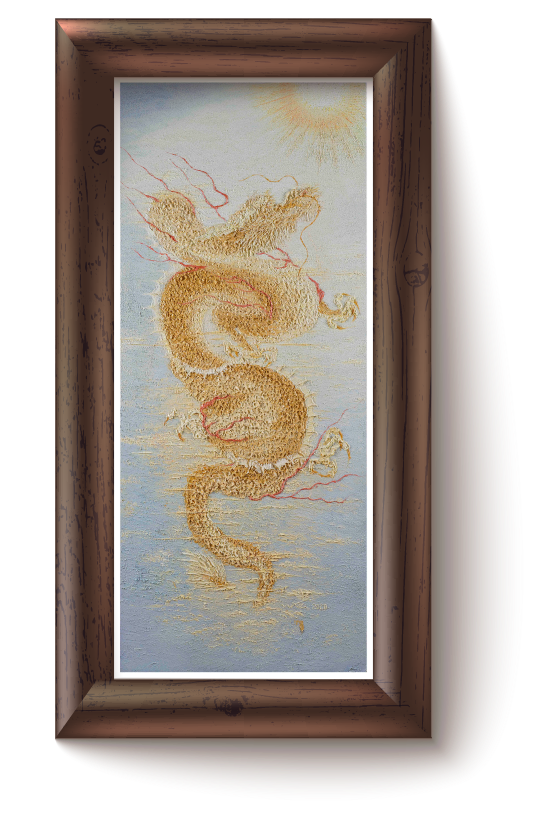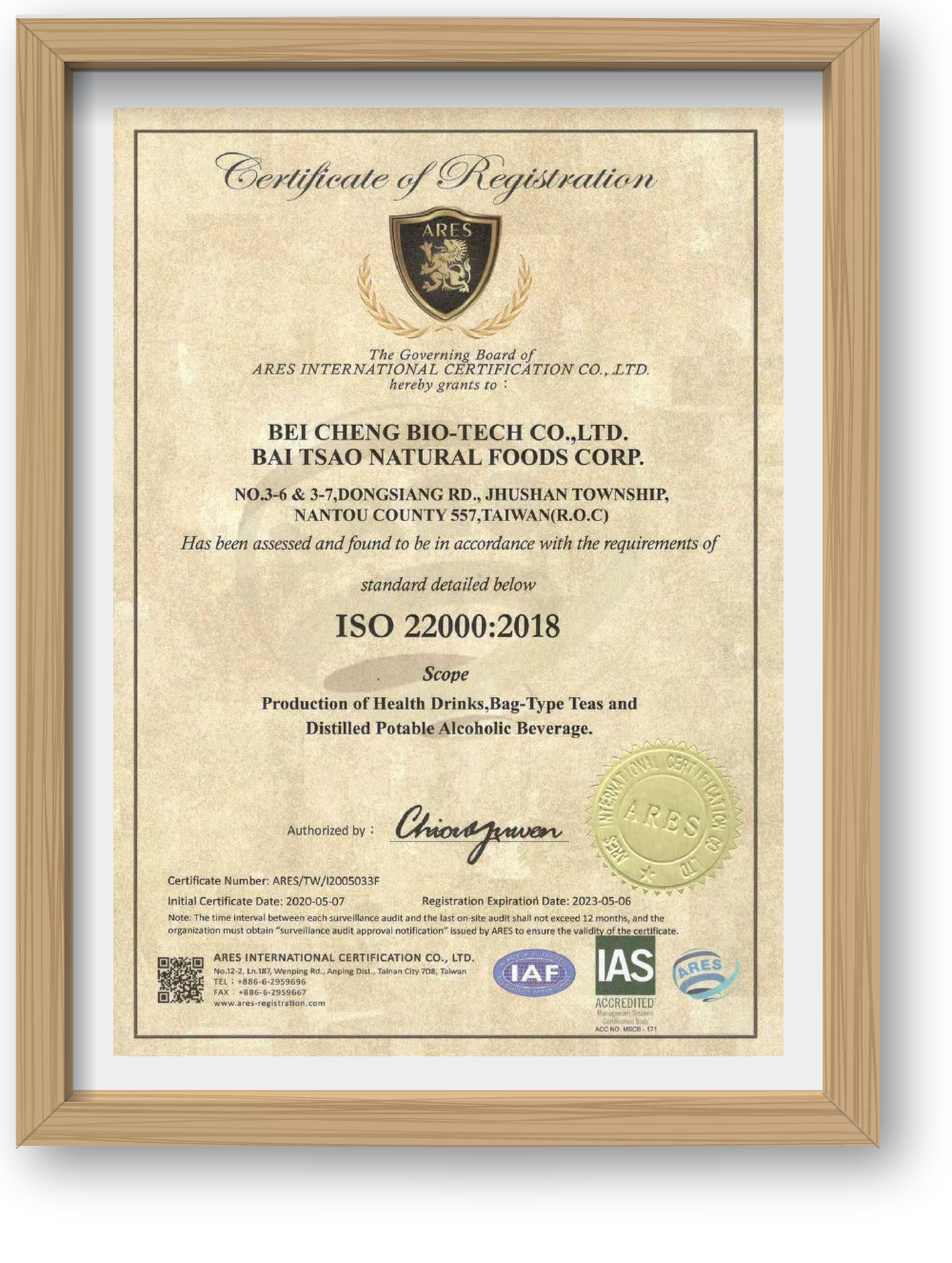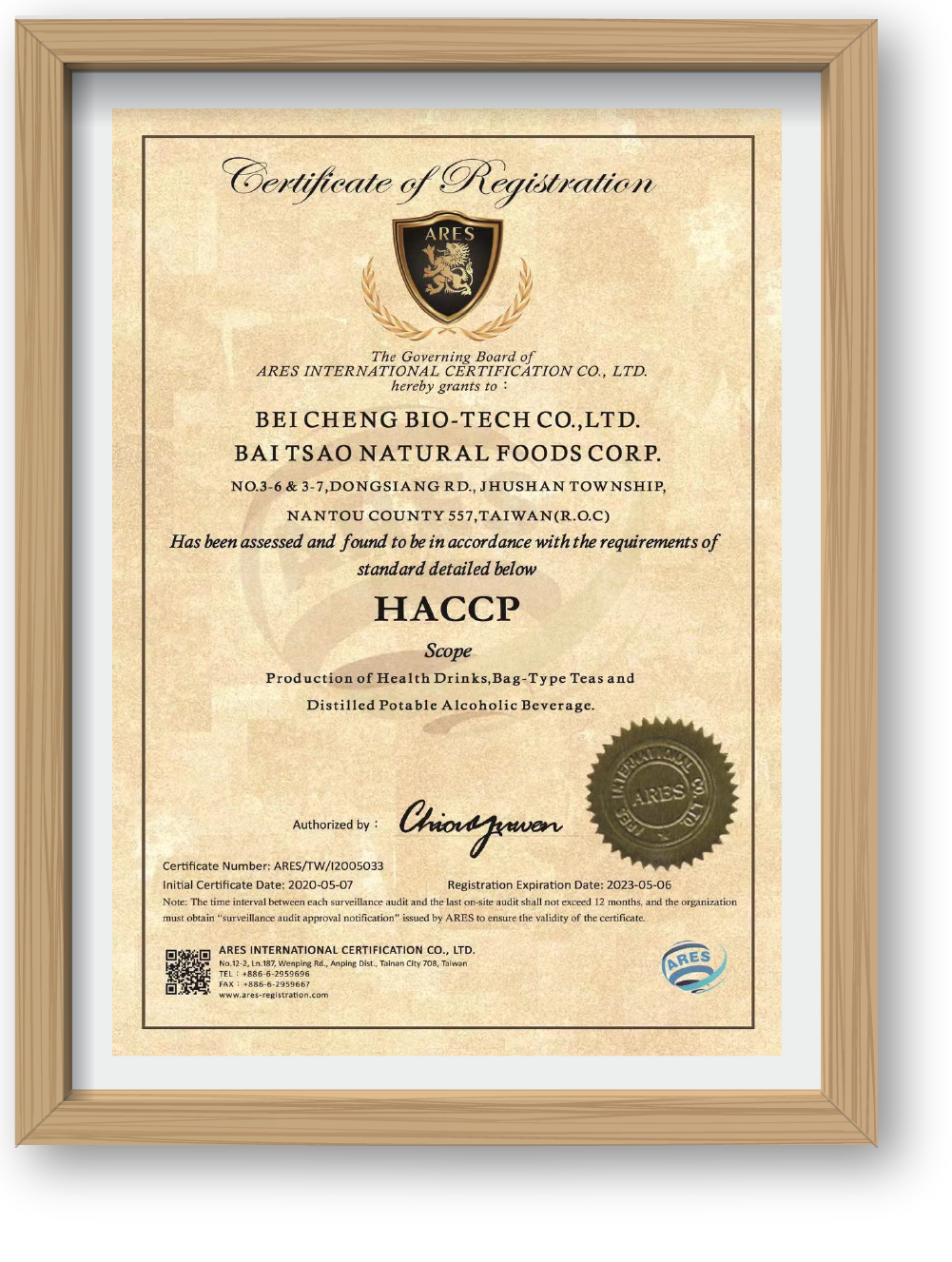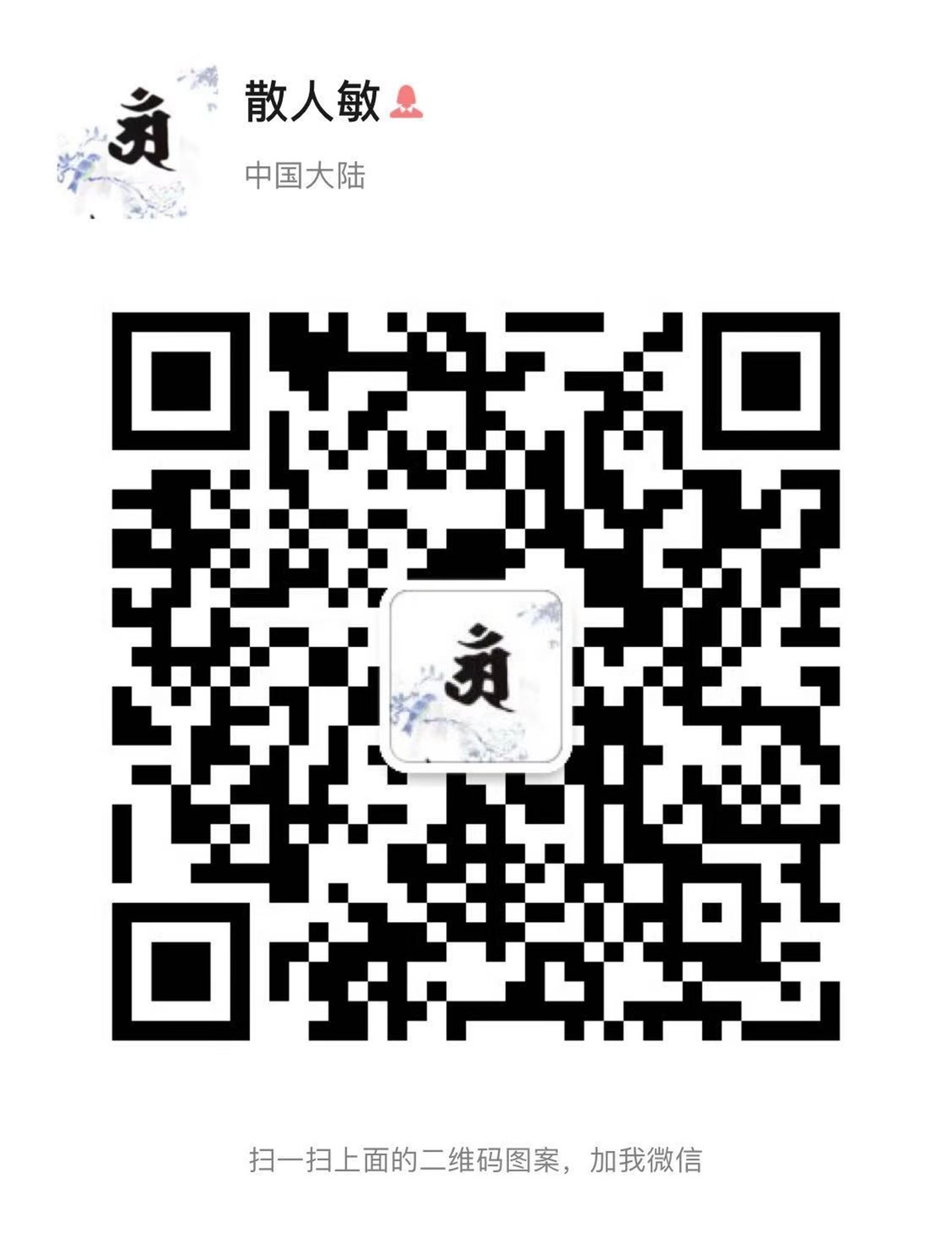About


Natural medicine Can effectively treat diseases for a long time. It has a long history of application. So far, many countries and regions in the
In the historical development of China, the Tang Dynasty was an important era in the history of the development of my country’s tea industry and tea culture. The history is called 〝茶興於唐〞(tea are began in Tang). During this period, tea cream also appeared as a tribute, the only difference was that civilians have also begun to use. Tea paste possesses a distinguished identity, which is unmatched by other tribute teas. It is precisely because of this special dignity that it is top-grade in tribute tea and is included in the records of historical books.
In the Qing Dynasty, with the prosperity of Yunnan Pu’er tea, the production of tea paste quietly appeared again. This method is based on the Tang and Song dynasty making cake tea technology, changing “steaming” to “boiled”. This method of boiling cream in a large pot was quickly passed on to Tibet through the horse, and was Quickly became popular with Tibetans royal family.



Natural medicine Can effectively treat diseases for a long time. It has a long history of application. So far, many countries and regions in the
In the historical development of China, the Tang Dynasty was an important era in the history of the development of my country’s tea industry and tea culture. The history is called 〝茶興於唐〞(tea are began in Tang). During this period, tea cream also appeared as a tribute, the only difference was that civilians have also begun to use. Tea paste possesses a distinguished identity, which is unmatched by other tribute teas. It is precisely because of this special dignity that it is top-grade in tribute tea and is included in the records of historical books.
In the Qing Dynasty, with the prosperity of Yunnan Pu’er tea, the production of tea paste quietly appeared again. This method is based on the Tang and Song dynasty making cake tea technology, changing “steaming” to “boiled”. This method of boiling cream in a large pot was quickly passed on to Tibet through the horse, and was Quickly became popular with Tibetans royal family.



Copyright ©
